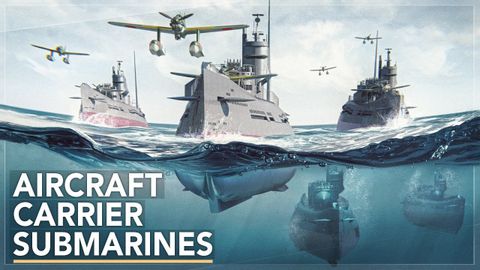Underwater Aircraft Carriers: Imperial Japan’s Secret Weapon
joey joey が 2021 年 05 月 26 日 に投稿  この条件に一致する単語はありません
この条件に一致する単語はありませんUS /ˈprɑsˌɛs, ˈproˌsɛs/
・
UK /prə'ses/
- v.t.(コンピュータの)データを処理する;処理する;処理する;一連の工程を経る;加工する : 加工処理する;理解する
- n. (c./u.)手続き;一連の行為;方法;訴訟手続き;プロセス (コンピューター)
US /ɪˈnɔrməs/
・
UK /iˈnɔ:məs/
US /ˈkɑnˌsɛpt/
・
UK /'kɒnsept/
- n. (c./u.)大きさや格など;うろこ;はかり;音階;規模
- v.t./i.(縮尺比に従って)拡大する : 縮小する;登る;魚のうろこを取る
エネルギーを使用
すべての単語を解除
発音・解説・フィルター機能を解除

